
One of the most recent lessons in letting go and surrendering to what wants to happen in the community was the #24hours24steps prototype: an uninterrupted, 24-hour-long video meeting, designed to be open to all members of the MBA² community.
1. A Wildly Exciting Idea
The big crazy idea was born during one of our weekly online Alumni update calls, where some of us gathered to check in with each other and share ideas around what next initiative we could experiment with to keep the community alive and thriving. The idea that emerged (and which at first seemed too crazy to even contemplate) was this: to design an event that would connect all Alumni across all time zones, around what in fact is the underlying foundation of why we are a community; the 24 Steps of Disciplined Entrepreneurship — the subject of Bill Aulet’s book and teachings on entrepreneurship, which provided the framework of our body of learning, as well as a shared common language that we were all familiar with, and could understand each other by. For each of the twenty-four hours, the conversation would focus on one of the twenty-four steps, in ascending order from 1 to 24, and all Alumni would be invited to convene online to share questions, insights, and learnings about that one particular step.
2. High Energy… and then what?
The idea seemed to exude a certain undeniable appeal, and appeared to stick. It was thrown into the mix of the conversation almost casually, almost out of jest, but it immediately captured the imagination and fired up the enthusiasm of many: there was an aura of quirky grandeur that was undeniably captivating, possibly also to do with the numerical alignment – 24 hours, 24 steps (to which we then added a date: the 24th May – just to make it all fit together perfectly.) Also, endeavoring to hold space around the clock made great sense to a community so diverse and spread across the world as to cover all existing time zones: it was exciting to imagine participants being able to join at times that would be compatible with their individual schedules.
However, as we all knew from our MIT Bootcamp experience, an idea is worth little if it just stops at the idea: execution is key. That’s when the project seemed to hit a hurdle. A first poll that was put out in January to measure interest registered an average 90% of probable commitment to the initiative on the part of respondents – ranging from being active speakers or presenters, to helping facilitate sessions, to just listening in (and 10% of I “don’t know”s): but how was this manifestation of interest now going to be harnessed and translated into action? That was the million-dollar question.
3. Wrestling with the Voices of Doubt, Fear and Cynicism
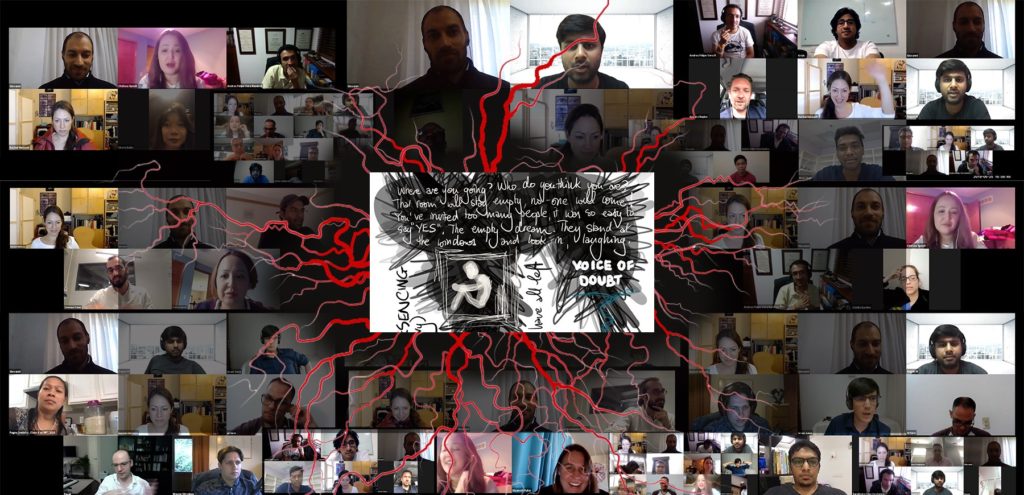
Doubt —Therefore, despite the seemingly enormous initial wave of momentum and enthusiasm, the initiative hit a bottleneck, and I found myself left with a sense of responsibility to serve and deliver, yet puzzling over what to do next. This happened right at a time when I was dangerously skirting burnout, and thus also trying to create personal boundaries for myself in terms of time and energy spend. Where — I wondered —was the sweet spot, at the intersection between busily doing and gracefully letting things happen?
Fear —This (very legitimate) question triggered my anxiety to a point where I suddenly found myself grappling with the “empty room syndrome”: what if, despite a declared and widespread interest to participate, the lack of a clear objective would ultimately result in a no-show situation, and the virtual discussion space remained empty?
My big challenge – after having acknowledged the intention to “surrender” – was then trying to feel into, and grasp, WHAT exactly needed to be surrendered:
- was it the prototype itself (i.e. “this is not wanting to happen Rachel, that’s why you are feeling heaviness and resistance”)?… or
- my expectation of what the project was “supposed to bring” (i.e. “this is wanting to happen Rachel, and you are looking for reasons to pull out.”)
Cynicism — On certain days the zeal for being in service of a cause can wane under the sheer load of holding space and egging others on tirelessly, and you start to ask yourself: “Well, actually, what’s in this for me?” When the only authentic, heartfelt answer is “it gives me joy”, some days that just doesn’t feel very bullet-proof.
5. Defining a «Mininum Acceptable Scenario»
The light at the end of the tunnel started to appear when we squarely faced what we imagined might be the worst case scenario: it was about facing the empty room, full on. I strongly wish to emphasise that this breakthrough moment would not have happened had I not deliberately decided to listen, with open mind, open heart and open will to every single voice that rose with something to say about the subject —however ponderous, critical or minimal.
a) Worst case scenario, what could that look like?
- Hypothesis 1 — only two Alumni showing up at a given hour: we agreed that where there are two MIT Bootcampers connecting, there will be a conversation, and there will be possibility and creation.
- Hypothesis 2 — only one Alumni shows up: the room is empty, he/she leaves and tries again later.
- Hypothesis 3 — no-one is there: what is lost? Nothing at all! (Apart from some time, some effort and perhaps some credibility and reputation.)
The surprising part of this was that to name the fear was to dispel it. I will say it again: “in the very moment that my ego could let go completely of the performance angst connected to the prototype execution and its outcomes, something had already, in itself, been achieved, in the here and the now. And something was set in motion.”
Things began to happen, as though energy had been unleashed and released — proactiveness, creativity and ownership blossomed:
- a 25th step was suggested by one Bootcamper and added to the programme (based on his direct personal startup experience of having applied all 24 steps and realising he wanted to add more to the framework — and share his insight with us);
- new speakers and hosts stepped up to the occasion, quickly filling residual gaps in the event timetable;
- video prerecords were wisely suggested (by someone with expertise in running live broadcasts) and we made a mad dash to get those prepared (and they were definitely a lifesaver);
- excitement in the community became once again palpable, people were already looking further and beyond, towards future initiatives and possibilities, and new community fabric was visibly being woven across cohorts (and Alumni who had never met or spoken before then) as our last online preparation meetings crystallised into new operational action points;
- last but not least, the participation of a couple of our top lecturers was requested — and secured.
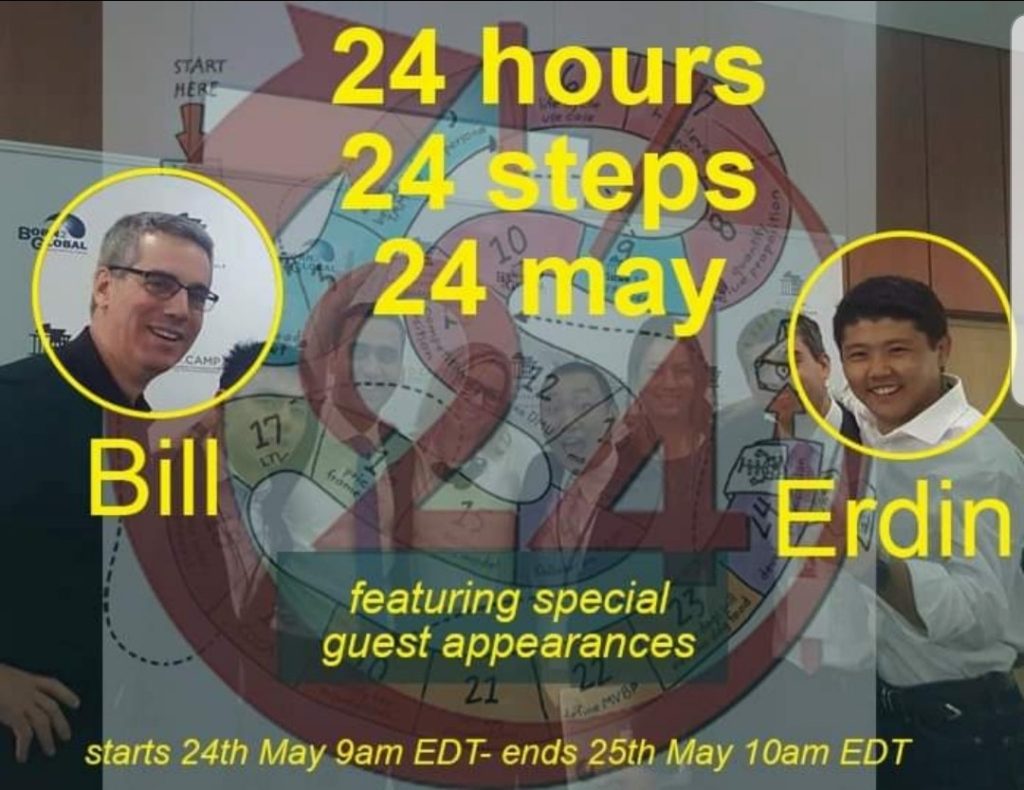
b) Pulling together a small team for collective holding and execution
Staying mindful of my personal boundaries of well-being required me to create a small team for the execution and micromanaging aspects of the project. This seemed to just happen quite naturally once I made my intention clear to my own self. In no time at all, we had a lean team of five, and clearly defined and distributed tasks that would afford me pockets of respite and rest.
The ensuing social/technological experiment was a very exciting first step in opening up a multitude of future possibilities. In the next article, we will look at the details of the project, the ensuing harvest, and the lessons learned.
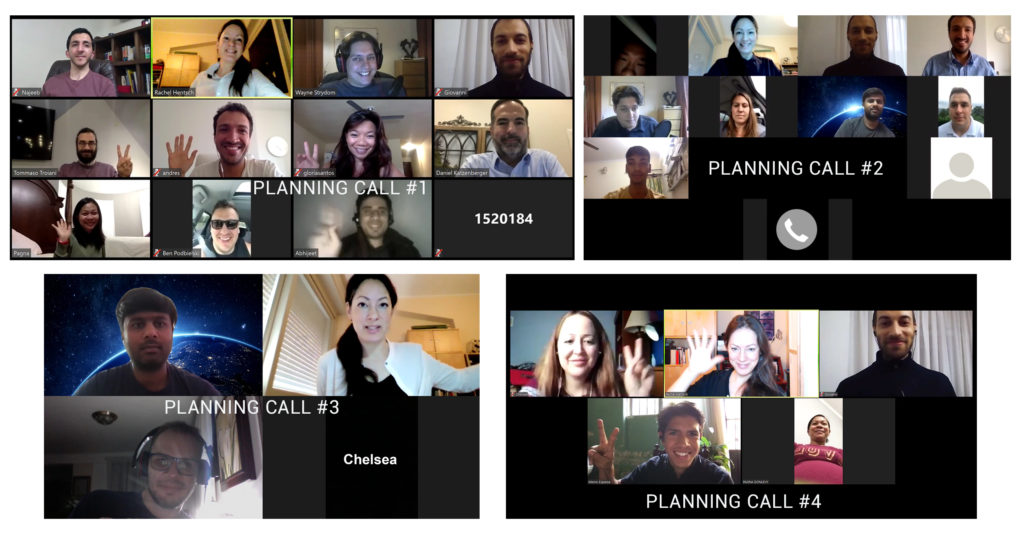
Footnote: this is the 3rd of 5 articles adapted for the Disciplined Entrepreneurship website, from an original article by Rachel Hentsch published on Medium.
The author
Rachel Hentsch
Rachel Hentsch is an MIT-Certified Teacher in New Ventures Leadership. She is passionate about strengthening global communities, using tech tools to connect dots. She heads communications at the Presencing Institute and has been researching and prototyping ways to keep global community members connected meaningfully.

The Disciplined Entrepreneurship Toolbox
Stay ahead by using the 24 steps together with your team, mentors, and investors.
The books
This methodology with 24 steps and 15 tactics was created at MIT to help you translate your technology or idea into innovative new products. The books were designed for first-time and repeat entrepreneurs so that they can build great ventures.
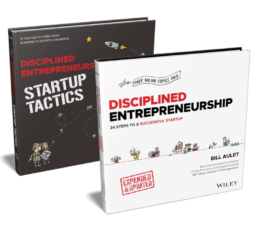
How relevant was this article to you?
Click on a star to rate it!
Average rating 5 / 5. Vote count: 11
No votes so far! Be the first to rate this post.
We are sorry that this article was not useful for you!
Let us improve this post!
Tell us how we can improve this post?
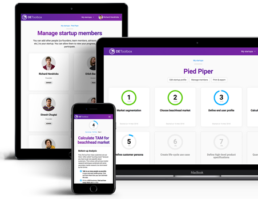
Rachel,
As you always do, this is really great. I like not just the excellent example of implementing a great process but also dealing with the human element as well. Kudos!
Thank you Bill, for continually inspiring, encouraging and championing the “Bootcamp Pirates” that are endeavouring to support and grow entrepreneurship ecosystems at all levels – in-person and remote/online.